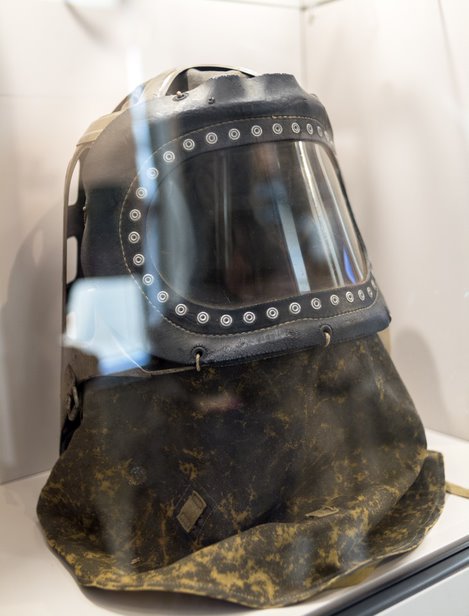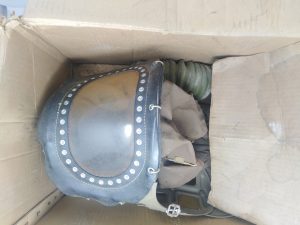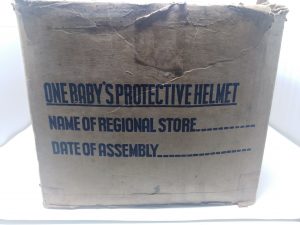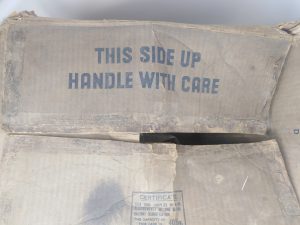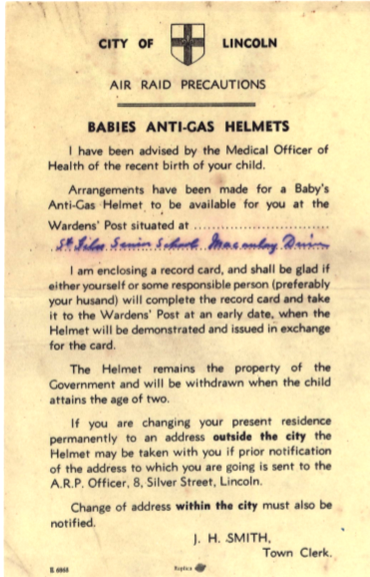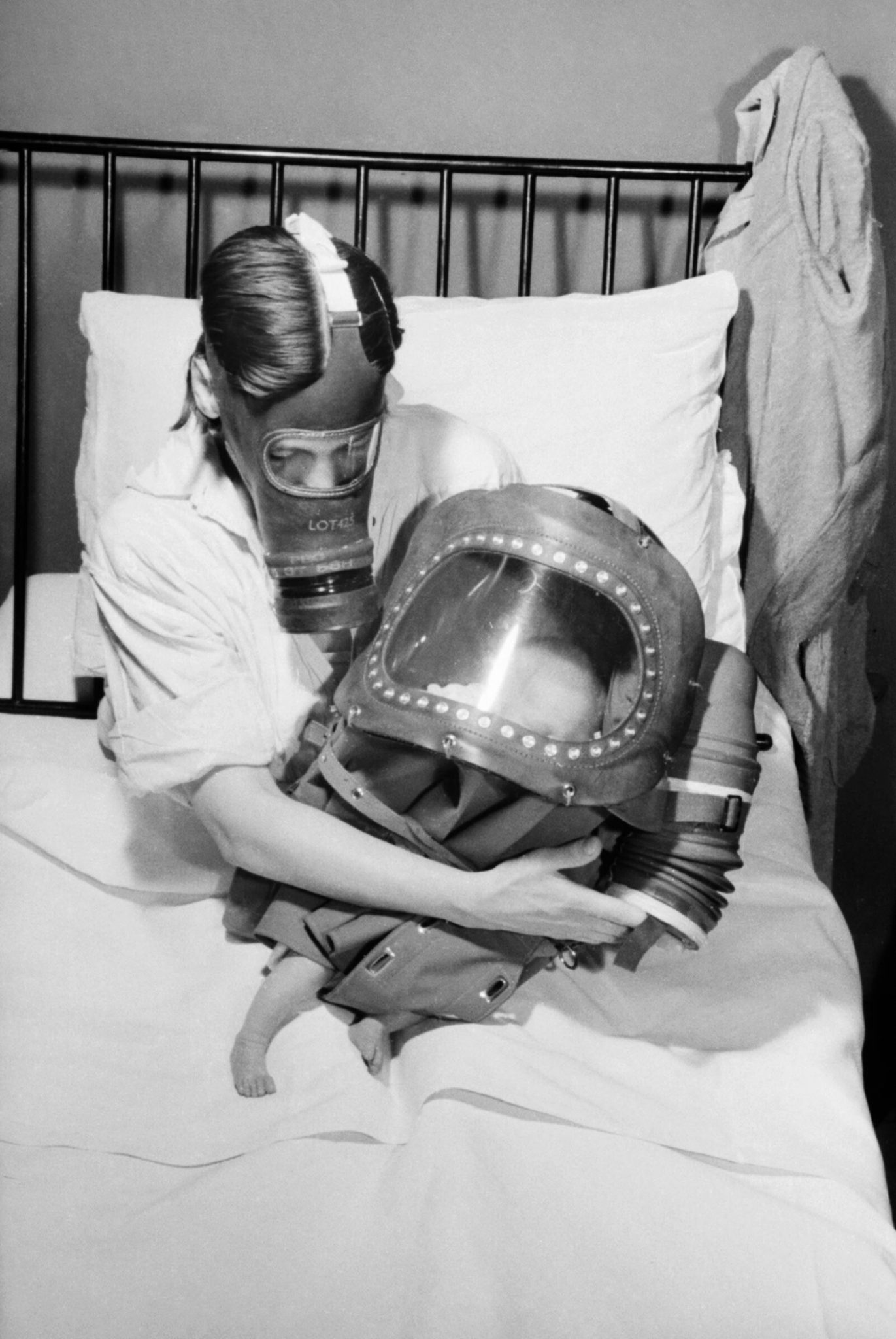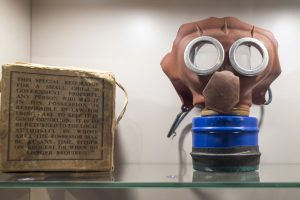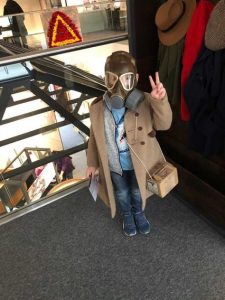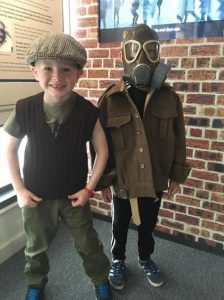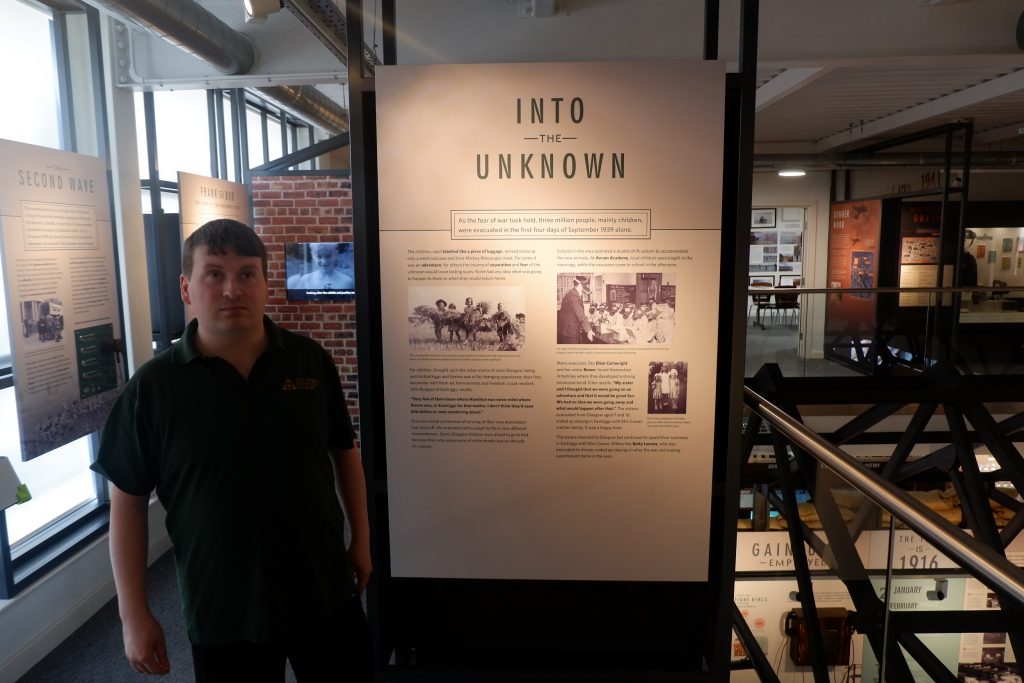While the Ground Floor of the Museum looks at HM Factory Gretna in World War One, our First Floor galleries consider the impact of conflict on our local area from 1939 onwards. Many (but not all) of these displays look at the life of women and children in the War including a look at evacuees, life on the Home Front and work done by women in munitions and organisations such as the ATS.
We have many objects in our Museum object store which relate to these topics such as a collection of Housewife Magazine from World War Two. Despite the old fashioned title and imagery, these images have a certain nostalgia charm.
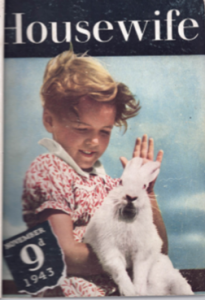
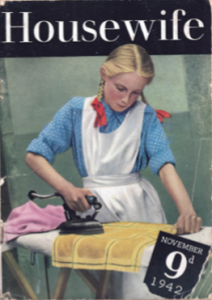
Some of the adverts from within the magazine are also of interest and give one an insight into life during the Second World War.
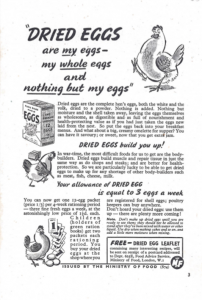
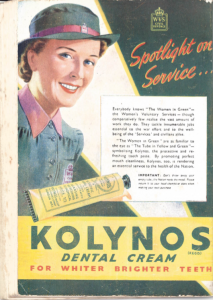
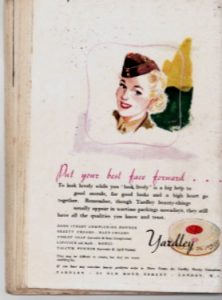
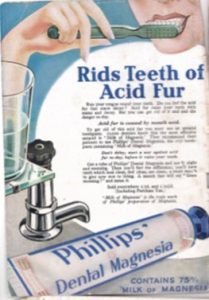
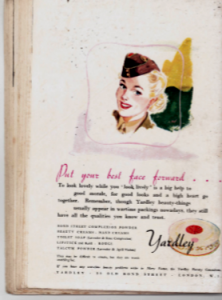 Come and visit us when it is safe to do so! Here is a photo of a visitor enjoying a look at our 1940s kitchen.
Come and visit us when it is safe to do so! Here is a photo of a visitor enjoying a look at our 1940s kitchen.
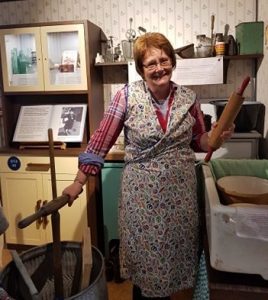
If you’d like to know more about World War Two in our region, the following book may be of interest:
The Solway Military Coast book
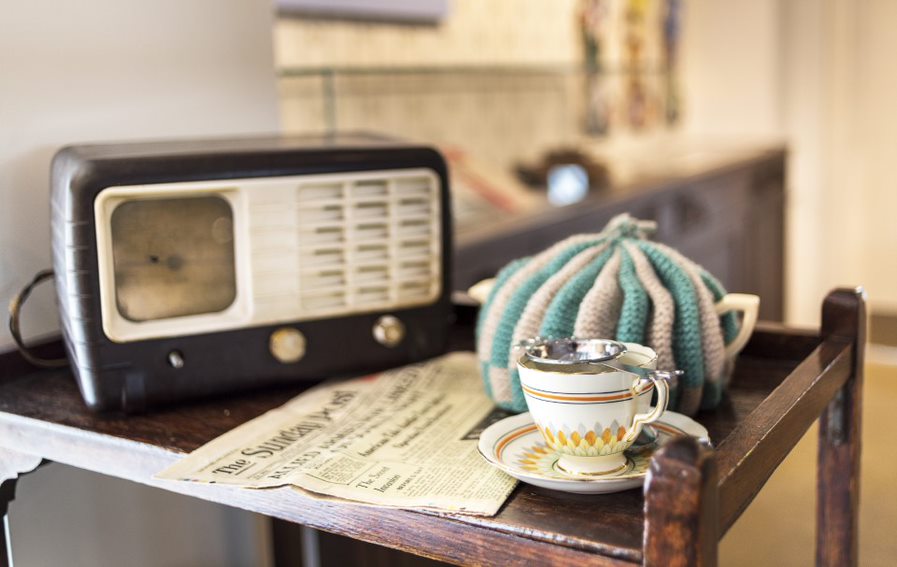




 Come and visit us when it is safe to do so! Here is a photo of a visitor enjoying a look at our 1940s kitchen.
Come and visit us when it is safe to do so! Here is a photo of a visitor enjoying a look at our 1940s kitchen.



